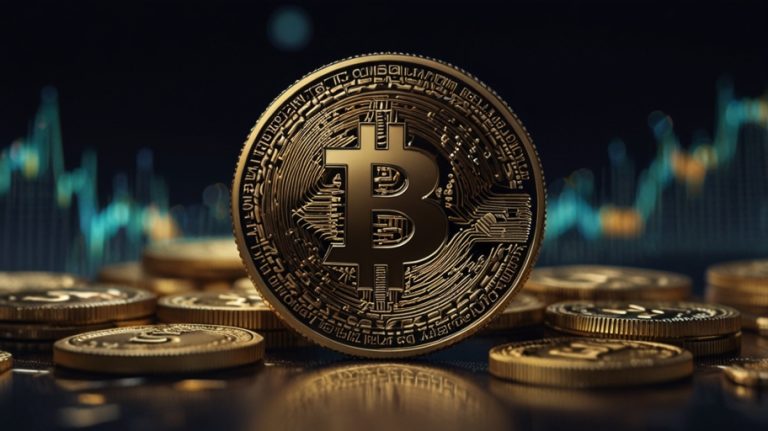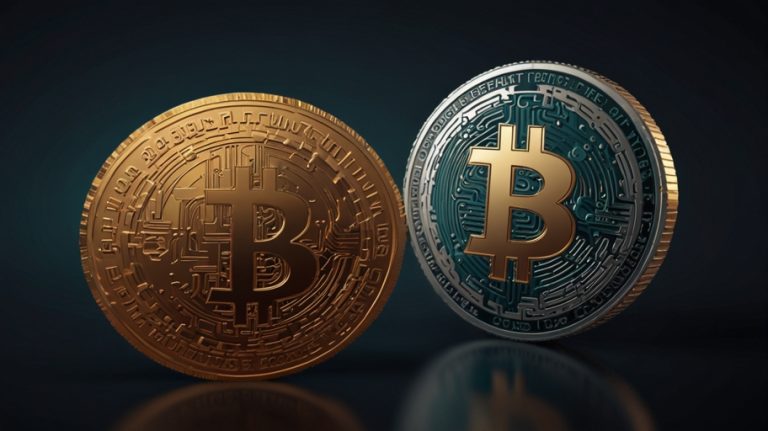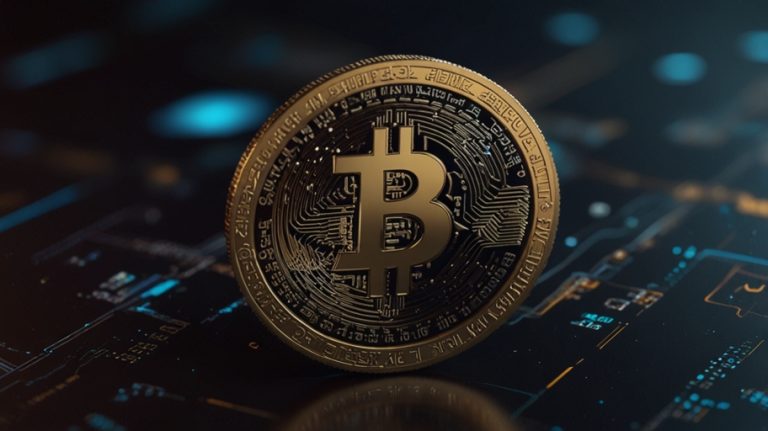Solana (SOL), a high-performance blockchain, offers fast transactions, low fees. Its price fluctuates due to market demand, technology, regulations, competition, macroeconomics, shaping investor sentiment, trading complexities.
Key Factors Influencing Price
Solana’s price varies with network activity, ecosystem growth, speculative trading. High volumes drive prices up, yet volatility, sustainability concerns arise. Innovations like ZK Compression boost scalability, valuation.
Regulatory and Competitive Landscape
Evolving regulations impact Solana’s price. Global legal frameworks influence investor confidence, trading. Competition from Ethereum affects staking, appeal. Continuous innovation maintains Solana’s market relevance, user engagement.
Macroeconomic Impacts
Macroeconomic trends like inflation, interest rates affect Solana’s liquidity, sentiment. Cyclical crypto markets require understanding these for navigating price movements, highlighting Solana’s role in blockchain, investment.
Market Demand and Supply
Solana’s price hinges on supply-demand. High investor demand boosts SOL prices, low demand causes declines. This dynamic drives fluctuations, mirroring broader cryptocurrency market trends.
Key Price Drivers
Supply-demand, network activity, ecosystem growth fuel Solana’s price swings. Speculative trading inflates metrics, introduces volatility, skepticism about long-term growth, especially with rising transaction fees.
Impact of Network Mechanisms
Solana optimizes inflation, staking behavior, adjusting SOL issuance for market conditions. Healthy staking rates enhance security, decentralization, responding to economic cycles, influencing demand, prices.
Regulatory Influences
Regulatory changes shape Solana’s market dynamics. Evolving environments impact investor sentiment, trading behavior, driving demand for SOL tokens in the volatile cryptocurrency landscape.
Technological Developments
Solana’s price reflects technological advancements enhancing functionality, appeal. Innovations drive ecosystem growth, attracting developers, users to its high-performance blockchain network.
- ZK Compression Technology
ZK Compression uses Zero-Knowledge Proofs, cutting storage, transaction costs. It boosts Solana’s efficiency, scalability, supporting DeFi, NFTs, enhancing appeal, market position. - Proof of History Consensus Mechanism
Proof of History verifies transaction timing cryptographically, speeding processing, cutting costs. It meets rising demand, enhances scalability, ensuring validators maintain efficient block creation. - Interoperability and Ecosystem Growth
Solana’s bridges, cross-chain protocols like Wormhole, Allbridge enable asset, data flow. Interoperability boosts liquidity, user base, developer opportunities, strengthening market position.
Regulatory Environment
Solana’s regulatory landscape poses challenges, risks. Unclear legal frameworks create uncertainty, varying by jurisdiction, impacting user compliance, confidence in cryptocurrency, blockchain technologies.
- Compliance Requirements
Exchanges enforce KYC, AML rules for SOL trading. Noncompliance risks account limits, legal issues, service restrictions, exposing users to regulatory uncertainties, burdens. - Impact of Regulatory Actions
Regulatory scrutiny spikes during volatility. Sell-offs prompt investigations, affecting Solana’s performance. Media shapes perception, investor confidence, impacting market stability, dynamics. - Industry Initiatives
Solana’s Policy Institute informs policymakers, promotes transparent regulations. This fosters stability, benefiting users, ecosystem, addressing regulatory challenges in blockchain technology.
Competitor Influence
Solana’s performance faces competition from Ethereum, Aptos, Sui. Attractive rival staking, performance pressures Solana to innovate, retain users, secure network amidst market shifts.
Macroeconomic Factors
Inflation, interest rates sway Solana’s price in bear markets. Economic uncertainty, volatility impact sentiment, liquidity, reflecting broader crypto market dynamics, investor behavior.
Community and Developer Engagement
Solana’s passionate community drives adoption, resilience. Engaged developers, users, investors bolster innovation, maintaining momentum during market fluctuations, strengthening ecosystem vitality.
- Community-Driven Initiatives
Hackathons, grants fuel Solana’s growth. Collaborative efforts support projects, attract talent, building resilience against market pressures, enhancing ecosystem development, engagement. - Impact on Market Sentiment
Active Solana community signals confidence, drawing investors. Regulatory clarity, support could spur institutional adoption, catalyzing growth, strengthening market sentiment, ecosystem appeal. - Resilience in Market Downturns
Solana’s community sustains interest during downturns, sharing knowledge, promoting platform. This resilience navigates crypto uncertainties, stabilizing ecosystem amid external challenges, volatility.
Historical Price Trends
Solana’s price fluctuates with network activity, macroeconomics, regulations. Geopolitical events, sentiment drive volatility, reflecting market trends, internal ecosystem developments, price dynamics.
- Market Cycles
Cryptocurrency markets cycle through growth, corrections. Technological, regulatory shifts drive Solana’s phases, offering long-term investors accumulation opportunities during downturns, price recoveries. - Macroeconomic Influences
Inflation, interest rates shape Solana’s trends, evident in bear markets. Regulatory scrutiny during sell-offs adds complexity, impacting price trajectory, market conditions, dynamics.
Sentiment and Supply-Demand Dynamics
Market sentiment, supply-demand interplay drives Solana’s price. Investor psychology, network activity shape short-term, long-term trends, influencing blockchain’s market behavior, valuation.












 Bitcoin
Bitcoin  Ethereum
Ethereum  Tether
Tether  XRP
XRP  Solana
Solana  USDC
USDC  Cardano
Cardano  TRON
TRON  Lido Staked Ether
Lido Staked Ether  Avalanche
Avalanche  Toncoin
Toncoin